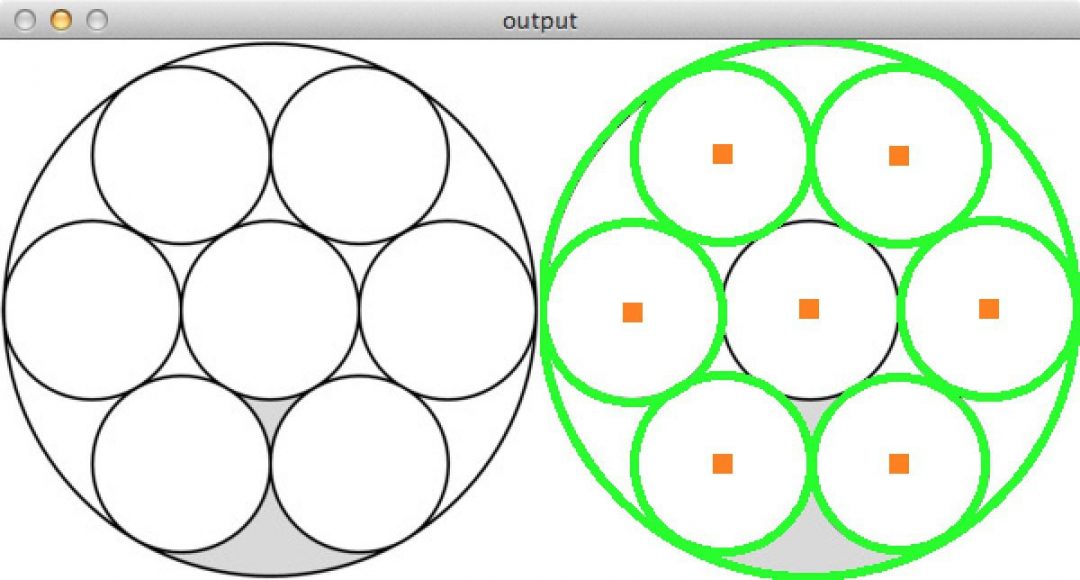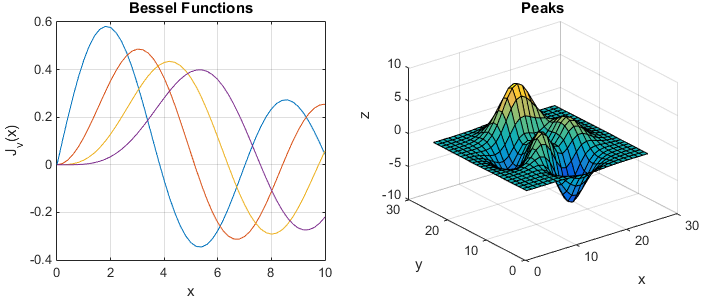

Macro social and environmental drivers have facilitated the global spread and persistence of dengue, including growing vulnerable urban populations, global trade and travel, climate variability, and inadequate vector control. Integrated vector control and surveillance remain the principle strategies for disease prevention and control in endemic regions, as no vaccine or specific medical treatment are yet available. Common disease manifestations range from asymptomatic to moderate febrile illness, with a smaller proportion of patients who progress to severe illness characterized by hemorrhage, shock and death. The disease is caused by four distinct dengue virus serotypes (DENV 1-4) that are transmitted primarily by the female Aedes aegypti mosquito, with Aedes albopictus as a secondary vector. This study provides an operational methodological framework that can be applied to understand the drivers of local dengue risk.ĭengue fever is the most significant mosquito-borne viral disease globally, and has rapidly increased in incidence, geographic distribution, and severity in recent decades. Our findings highlight the importance of geospatial information in dengue surveillance and the potential to develop a climate-driven spatiotemporal prediction model to inform disease prevention and control interventions.

Wavelet analyses revealed that dengue transmission co-varied with rainfall and minimum temperature at annual and biannual cycles, and we found that anomalously high rainfall and temperatures were associated with the 2010 outbreak. The best-fit model to predict the presence of dengue included older age and female gender of the head of the household, greater access to piped water in the home, poor housing condition, and less distance to the central hospital. We found significant hotspots of dengue transmission near the center of Machala. Using data aggregated at the city-level, we conducted a time-series (wavelet) analysis of weekly climate and dengue incidence (2003-2012) to identify significant time periods (e.g., annual, biannual) when climate co-varied with dengue, and to describe the climate conditions associated with the 2010 outbreak. We applied LISA and Moran’s I to analyze the spatial distribution of the 2010 dengue cases, and developed multivariate logistic regression models through a multi-model selection process to identify census variables and entomological covariates associated with the presence of dengue at the neighborhood level.
ROUND MATLAB 2014A SERIES
The following data from Machala were included in analyses: neighborhood-level georeferenced dengue cases, national census data, and entomological surveillance data from 2010 and time series of weekly dengue cases (aggregated to the city-level) and meteorological data from 2003 to 2012. The objective of this study was to characterize the spatiotemporal dynamics and climatic and social-ecological risk factors associated with the largest dengue epidemic to date in Machala, Ecuador, to inform the development of a dengue EWS. Previous studies in southern coastal Ecuador have demonstrated the potential to develop a dengue early warning system (EWS) that incorporates climate and non-climate information.

However, we have a limited understanding of the disease transmission dynamics in these regions. Dengue fever, a mosquito-borne viral disease, is a rapidly emerging public health problem in Ecuador and throughout the tropics.


 0 kommentar(er)
0 kommentar(er)
